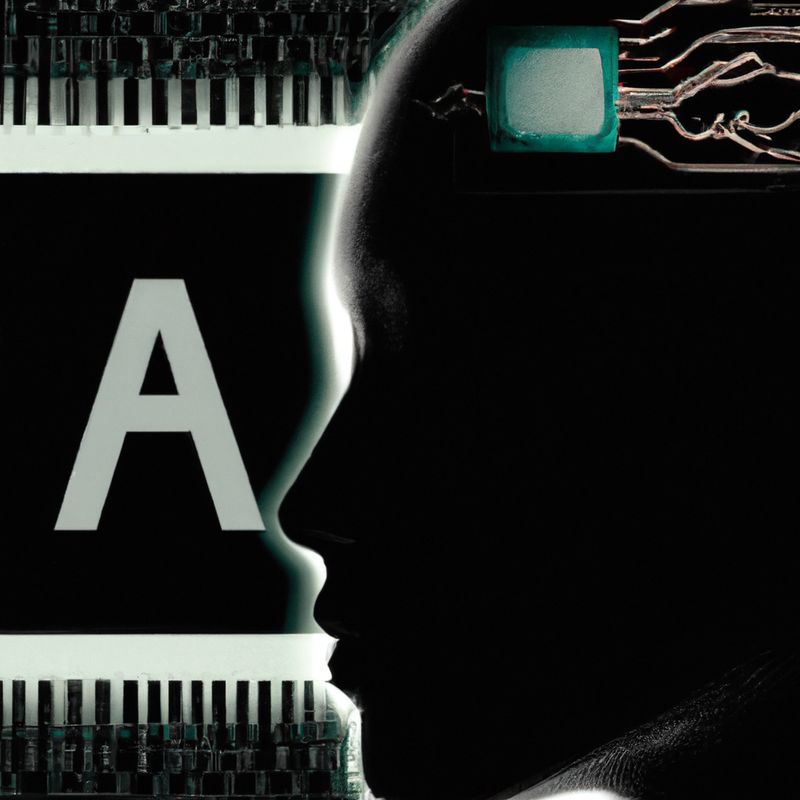Beating the Challenges of AI Implementation

In recent years, Artificial Intelligence (AI) has become increasingly popular and is being implemented in various industries. AI has the potential to revolutionize the way we do business, automate processes, and improve customer service. However, there are many challenges associated with the implementation of AI that must be addressed in order to ensure success. In this blog post, we will explore the challenges of AI implementation and discuss some strategies for overcoming them.
Understanding the Challenges of AI Implementation
The implementation of AI can be complex and time-consuming. It requires a deep understanding of the technology, as well as the ability to integrate it into existing systems. This can be a daunting task, especially for those without a technical background. Additionally, AI requires a significant amount of data to be effective, which can be difficult to obtain. Finally, AI can be expensive to implement, as it requires specialized hardware and software.
Developing a Strategic Plan
The first step in overcoming the challenges of AI implementation is to develop a strategic plan. This plan should include a clear vision of the desired outcomes, a timeline, and a budget. Additionally, it should include a detailed assessment of the resources available, such as personnel, hardware, and software. This plan will provide a roadmap for the implementation of AI and will help ensure that the project is completed on time and within budget.
Creating an AI-Friendly Environment
In order for AI to be successful, it must be implemented in an environment that is conducive to its use. This means creating an environment that is secure, reliable, and scalable. Additionally, it should be designed to allow for easy integration with existing systems. This can be achieved through the use of APIs, web services, and other technologies. Finally, the environment should be designed to support the data needs of AI, such as data storage, data processing, and data analysis.
Identifying the Right AI Tools
Once the environment is in place, the next step is to identify the right AI tools for the job. This can be a daunting task, as there are many different AI tools available. It is important to research the available options and select the ones that are best suited for the task at hand. Additionally, it is important to ensure that the tools are compatible with existing systems and can be easily integrated.
Developing a Support System
AI implementation requires ongoing support and maintenance. It is important to develop a support system that can provide assistance when needed. This can include a team of experts who can provide technical support, as well as a system of documentation and training materials. Additionally, it is important to have a system in place for monitoring the performance of AI systems and responding to any issues that may arise.
Testing and Evaluating the AI System
Once the AI system is implemented, it is important to test and evaluate it to ensure that it is performing as expected. This can involve running simulations and conducting experiments to assess the accuracy and reliability of the system. Additionally, it is important to monitor the system over time to ensure that it is performing optimally. This will help to identify any issues that may arise and allow for adjustments to be made as needed.
Conclusion
The implementation of AI presents many challenges, but these can be overcome with the right strategies and tools. By developing a strategic plan, creating an AI-friendly environment, selecting the right AI tools, and developing a support system, organizations can successfully implement AI and reap its many benefits. Additionally, it is important to test and evaluate the AI system to ensure that it is performing as expected. With the right approach, organizations can overcome the challenges of AI implementation and unlock its potential.
